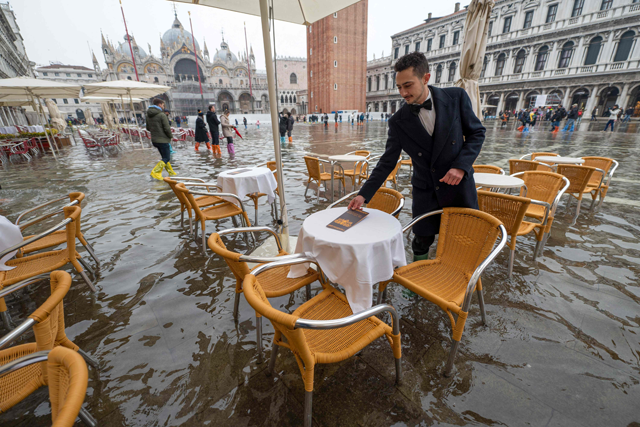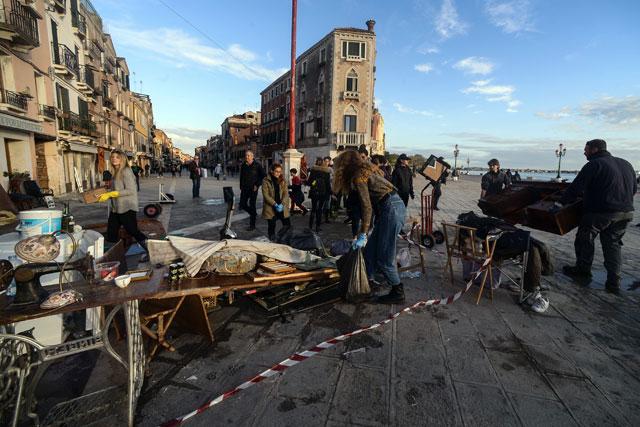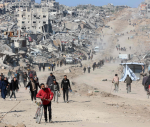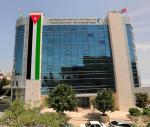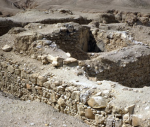You are here
Italian embassy initiates ‘culture of support’ for inundated Venice
By Johanna Montanari - Nov 20,2019 - Last updated at Nov 20,2019
AMMAN — The Italian embassy in Amman on Wednesday organised a press conference on the situation in Venice, which is reeling from damages caused by recent high tides.
Federico Vidic from the Cultural Office and Italian journalist and historian and Venice native Alessandro Marzo Magno, who is visiting the country for the Week of Italian Cuisine in the World, showed a small film produced for the fundraising campaign #HelpVenice, discussed the current situation and answered questions from journalists.
“What happens in Venice is a concern for the government. As the Minister of Foreign Affairs, I intend to activate initiatives to support Venice in all the embassies and consulates around the world,” Foreign Minister Luigi Di Maio was quoted as saying in an Italian embassy statement.
The fundraising campaign is supported by the Italian embassy in Amman together with the Italian Ministry of Foreign Affairs, and is promoted by Mayor of Venice Luigi Brugnaro, according to the embassy statement.
Venice, a UNESCO world heritage site, is situated on a group of small islands in the shallow Venetian Lagoon, which are separated by canals and linked by bridges. Marzo Magno noted that high tides in Venice are a common phenomenon, but that this was the worst flooding in Venice since 1966, when tides reached a height of 194 centimetres. Last Tuesday, the water was at 187 centimetres, according to Marzo Magno.
Most of the flooding occurred on the ground floors of buildings, mainly in bars and cafés, damaging electric appliances in particular, Marzo Magno said, adding that damages also affected churches and libraries.
The historian noted that the restoration procedure for books and manuscripts is “very costly”, as they have to be cleaned of salt from the water.
“Everyone knows Gutenberg from Germany, but the industry of books was born in Venice,” Vidic said.
Marzo Magno added that the world’s first printed copy of the Holy Koran was printed in Venice in 1538. It is on display in Venice and was, fortunately, not affected by the high tide, he said.
“We need a culture of support to be able to overcome the challenges that were caused by the high tides,” said Vidic, stressing that cultural heritage does not concern just one country, but the whole world.
Related Articles
VENICE — As rising waters fuel fears that Venice may one day be entirely submerged, local children are being educated on how to protec
VENICE — Italy was poised to declare a state of emergency for Venice on Thursday after an exceptional tide surged through churches, sho
AMMAN — On the occasion of World Music Day, marked annually on June 21, Jordanians will have the chance to relish the melodies of acclaimed


